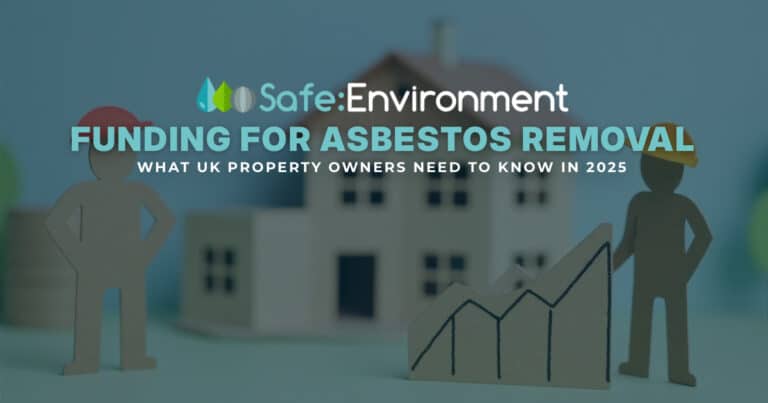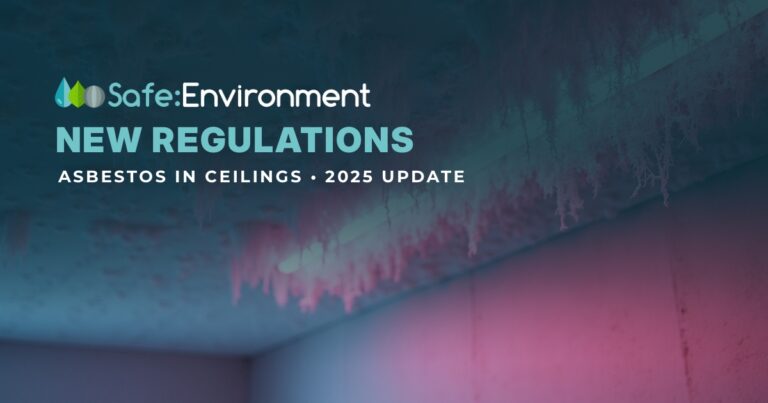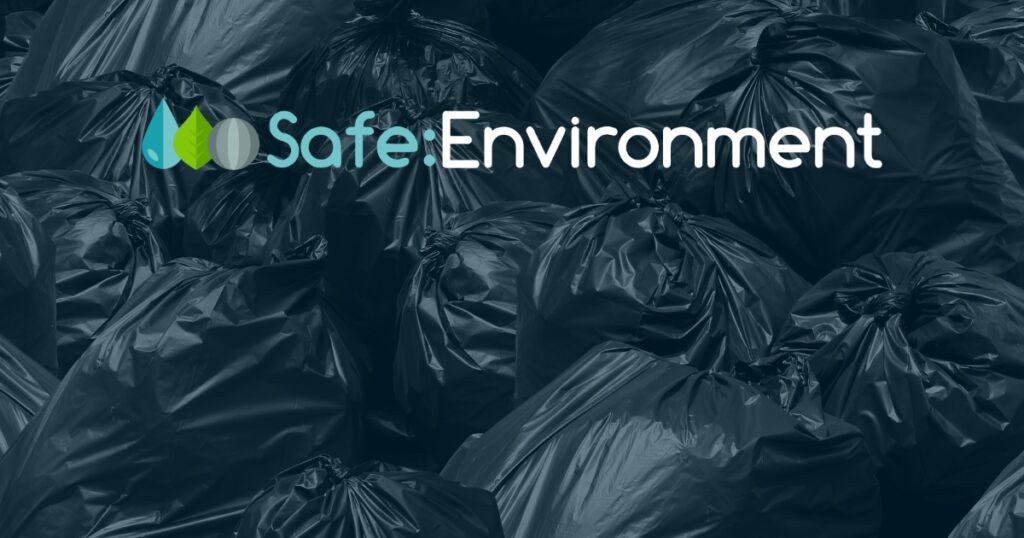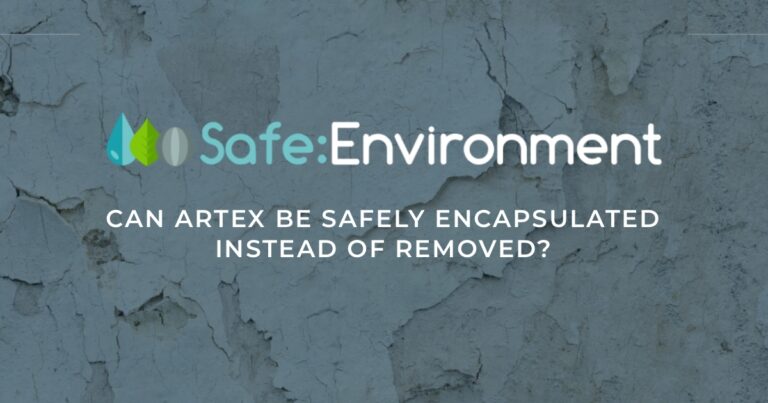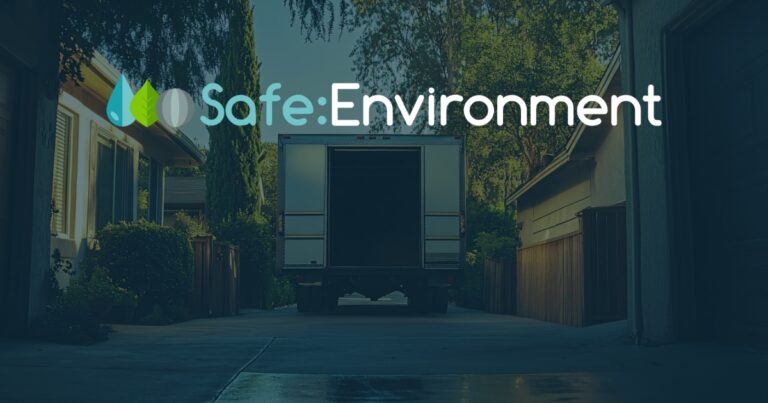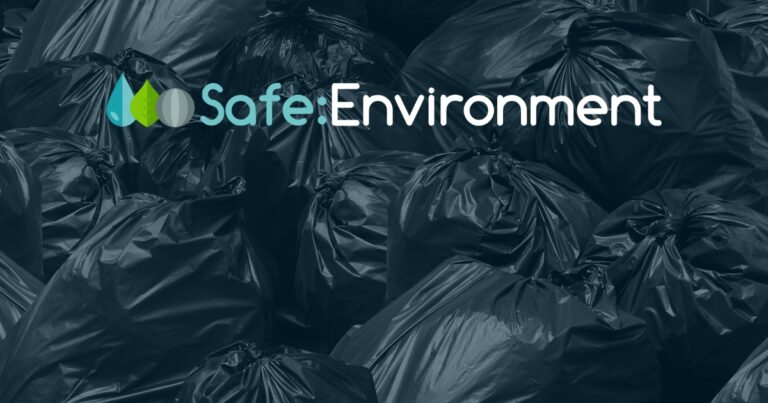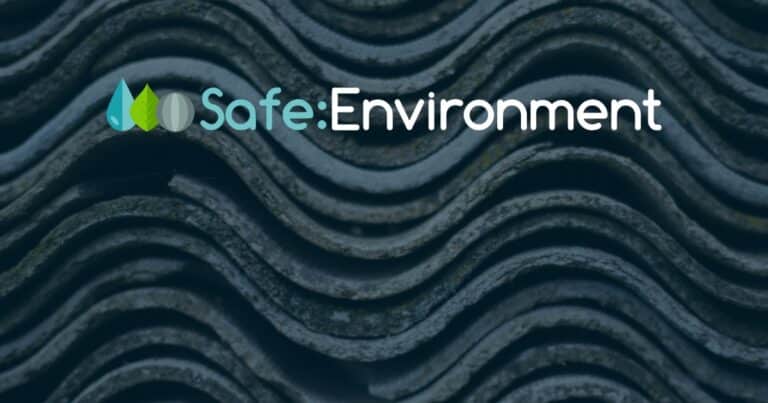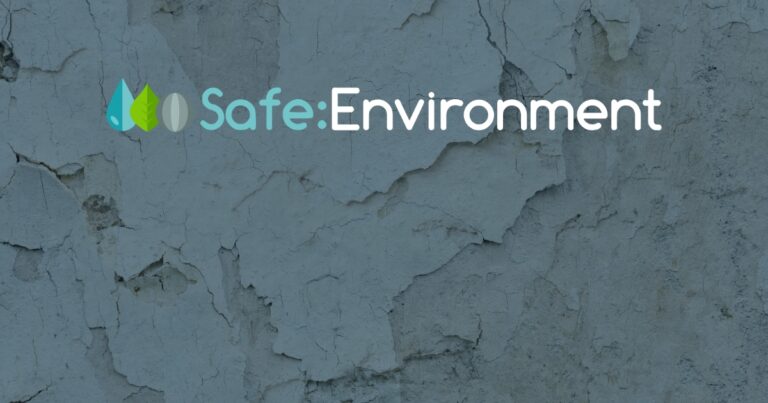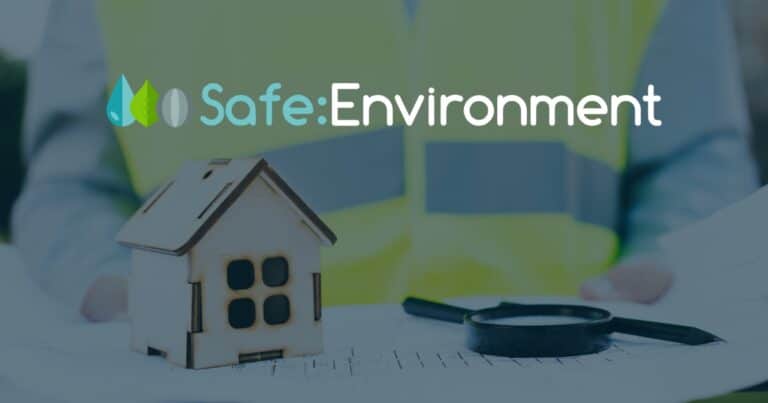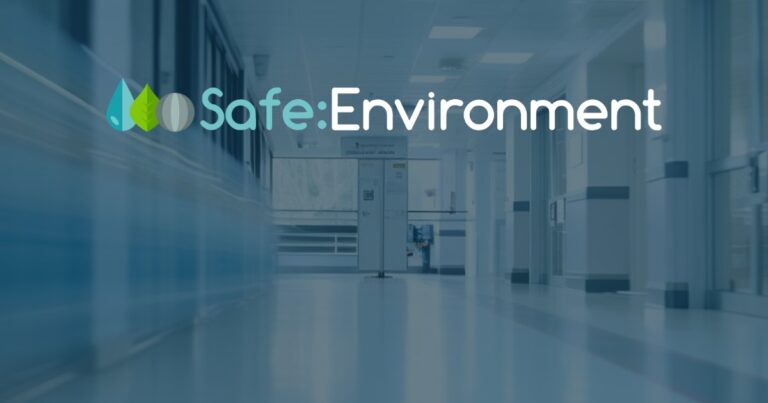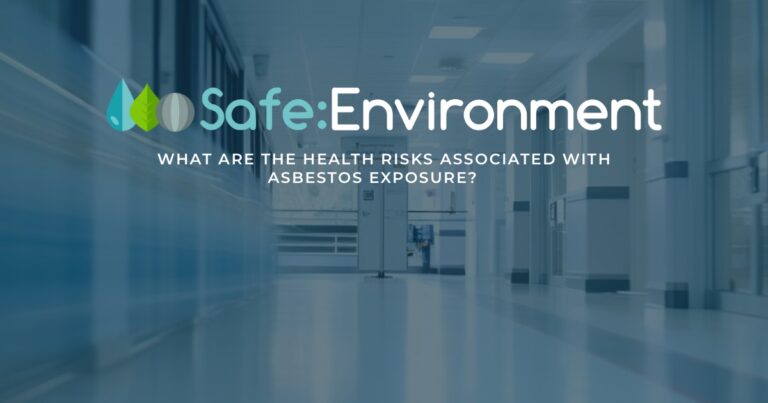Many common household items can be hazardous without you even realising it. Hazardous waste includes any materials that could be harmful to your health, your property, or the environment if they’re not disposed of properly. Knowing how to identify hazardous waste helps keep your household safe and ensures you comply with local waste disposal regulations.
Common Types of Hazardous Household Waste
Below are some typical household products that may be considered hazardous:
1. Cleaning Products
- Bleach and ammonia-based cleaners
- Oven and drain cleaners
- Disinfectants and polishes
These can contain corrosive or toxic chemicals that are harmful to humans and wildlife.
2. Paints and Solvents
- Oil-based paints
- Paint thinners and turpentine
- Varnishes and wood stains
Most contain flammable or volatile chemicals that shouldn’t go into regular bins.
3. Batteries
- AA, AAA, rechargeable batteries
- Car and motorcycle batteries
- Lithium-ion batteries (like those in laptops or power tools)
Batteries contain heavy metals like lead, cadmium, and mercury, which are harmful to soil and water.
4. Pesticides and Garden Chemicals
- Weed killers
- Insecticides
- Fertilisers and herbicides
These are often toxic and should never be poured down the drain or thrown into general waste.
5. Automotive Products
- Motor oil and fuel
- Brake fluid, antifreeze, and transmission fluid
- Car cleaning products
These materials are flammable, corrosive, and environmentally harmful.
6. Electronic Waste (E-Waste)
- Old phones, laptops, and tablets
- Cables, chargers, and small appliances
- TVs, microwaves, and gaming consoles
E-waste often contains toxic metals and should be recycled through specialist services.
7. Fluorescent Lights & Old Bulbs
- Compact fluorescent lamps (CFLs)
- Tubes and halogen lights
Many bulbs contain small amounts of mercury and require special handling.
8. Medicines & Sharps
- Expired or unused medications
- Needles and syringes (sharps)
These can be dangerous if not handled properly and should never go in the general bin.
How to Tell If Something Is Hazardous
Here are a few ways to identify hazardous waste:
Check the Label: Look for warning signs such as:
- Flammable
- Corrosive
- Toxic
- Explosive
- Environmentally hazardous
Smell or Sensation: Strong chemical smells, burning sensations on skin, or eye irritation are red flags.
Unusual Containers: Leaking, rusted, or unlabelled containers can indicate old hazardous materials.
What Should You Do With Hazardous Waste?
Do not put it in your regular bins. Instead:
- Use a Local Council Drop-Off Point: Many councils run scheduled hazardous waste collection days or have designated facilities.
- Contact a Licensed Waste Removal Service: Safe:Environment can help assess and collect hazardous materials safely and responsibly.
- Follow Storage Guidelines: Keep hazardous items sealed, clearly labelled, and out of reach of children or pets until disposal.
Why Proper Disposal Matters
- Protects your family and neighbours from exposure to dangerous substances
- Prevents contamination of soil, water, and air
- Helps reduce fire and environmental hazards
- Ensures compliance with waste disposal laws



